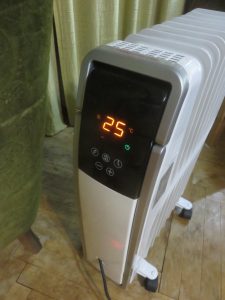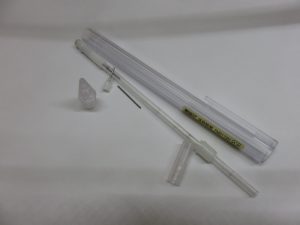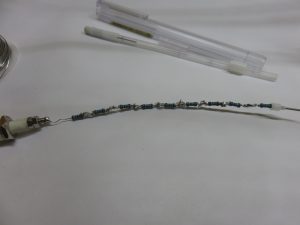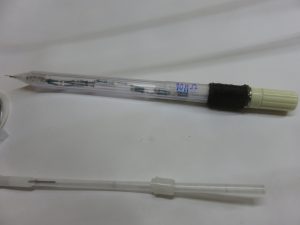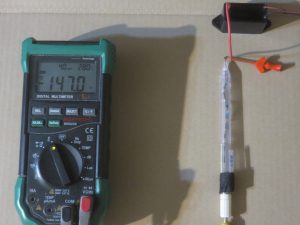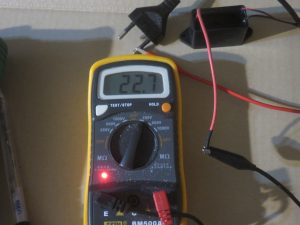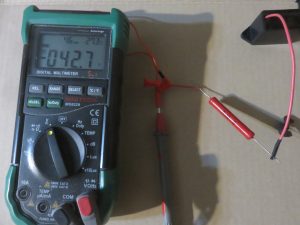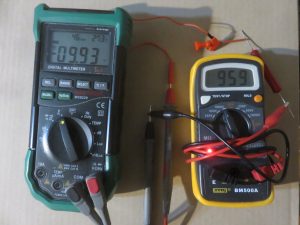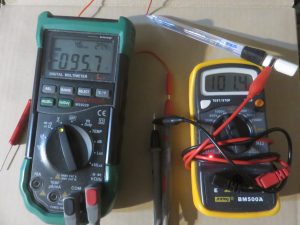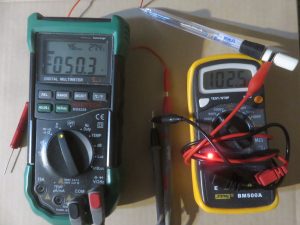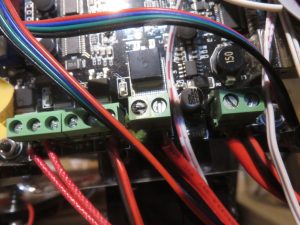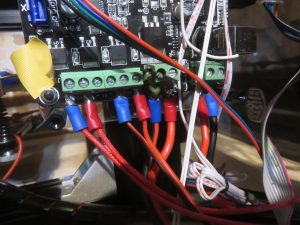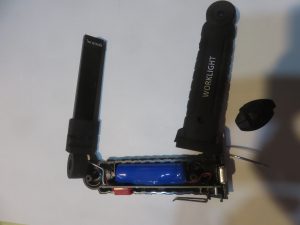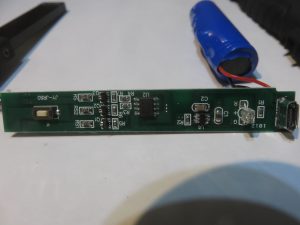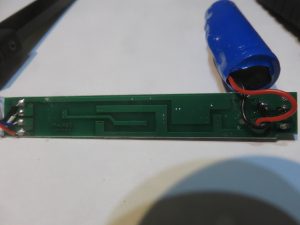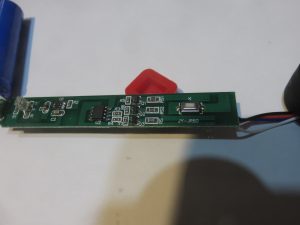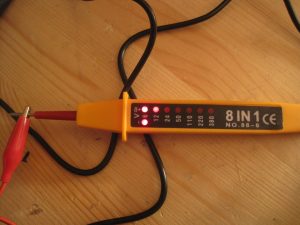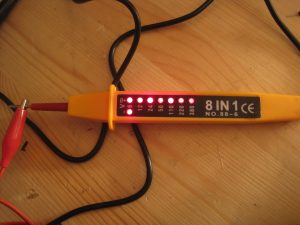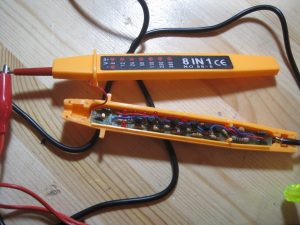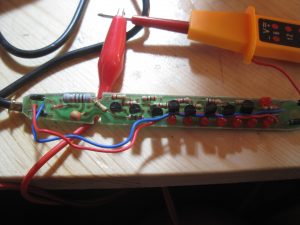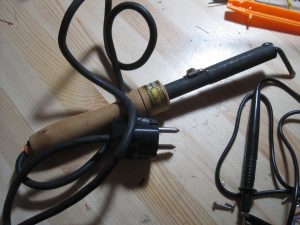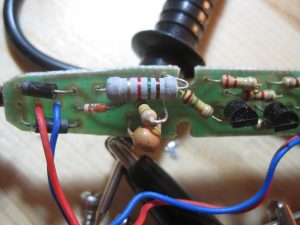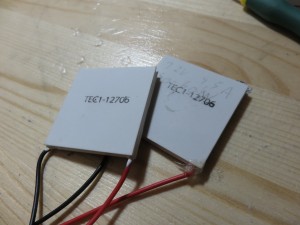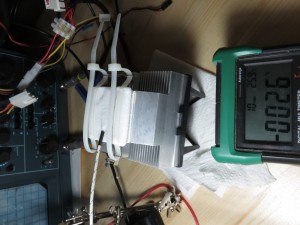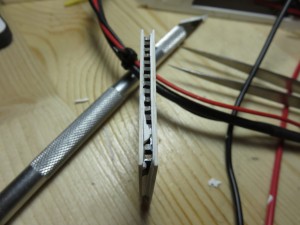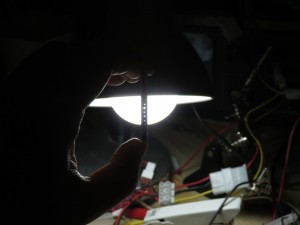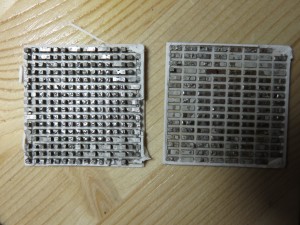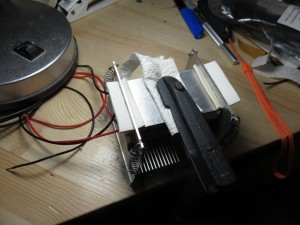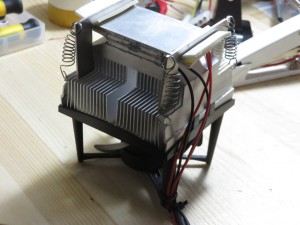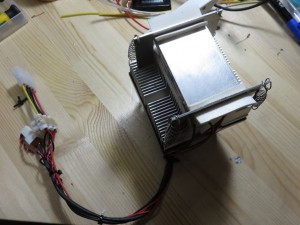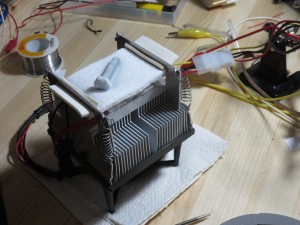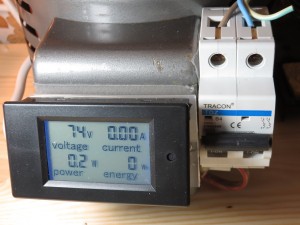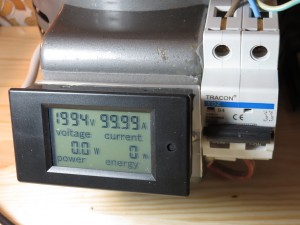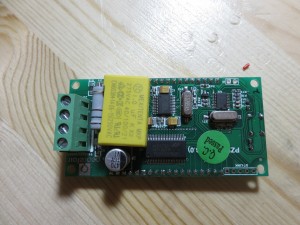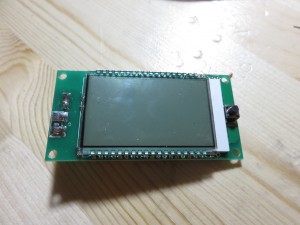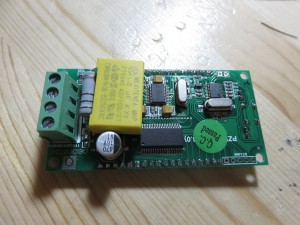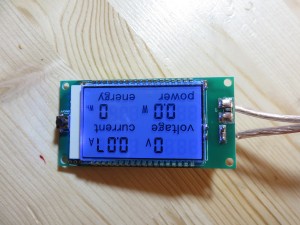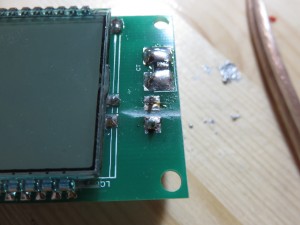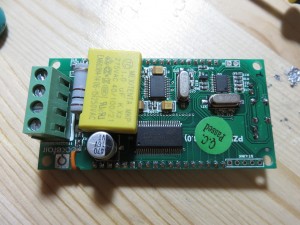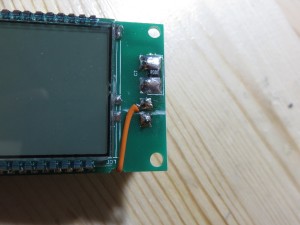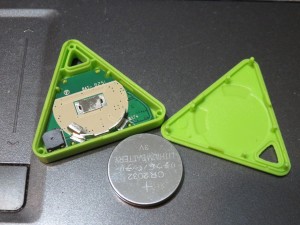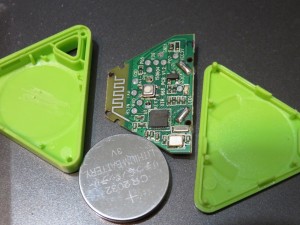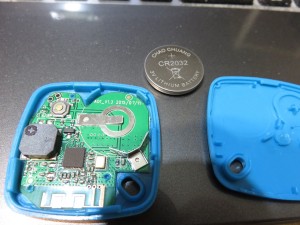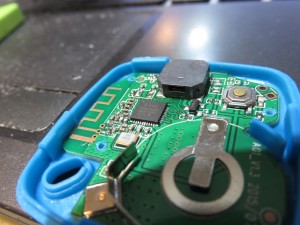Silencing an oil-filled radiator
The way oil radiators work is that the oil inside is heated by electricity flowing through some resistive heating element. The heated up oil then raises due to lower density and that way circulates in the radiator which then gets hot and heats the air.
Noise is produced by either mechanical thermostats or relays, so every time the set temperature is exceeded by some fixed amount some mechanical switch or relay switches which makes a click. That can be annoying if one tries to use a device like this in an otherwise silent bed room.
The Device:
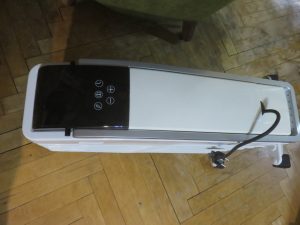
To get it open one has to remove 2 screws and slide teh front down:
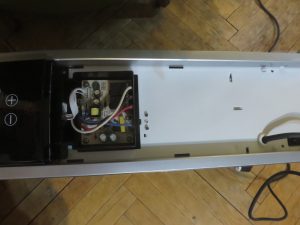
The top can be removed too after that and after removing the handle.

Three more screws later the next front layer can be taken off, that is as much as we need to disassemble to access all parts we need to access:

Removing the lower board is trivial, just remove screws and disconnect cables:
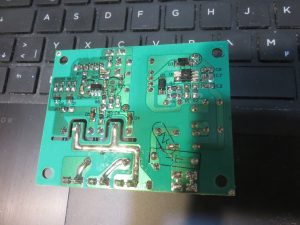
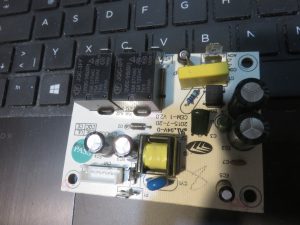
Next the 2 noisy relays are desoldered:
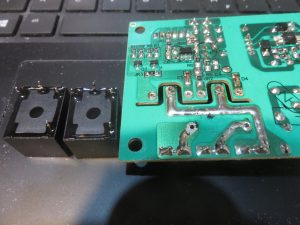
To replace the relays 2 solid state relays from ali express are added, they are rated at several times the needed current (i expected the rating to be exaggerated when i ordered and wanted to make sure they arent underrated but it seems the seller actually was honest with the rating). Careful attention is also paid to their heat-sinking requirement (which is none at the currents they would be used with).
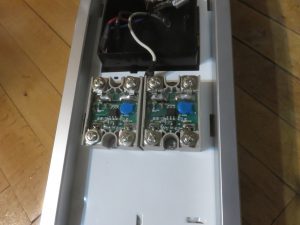
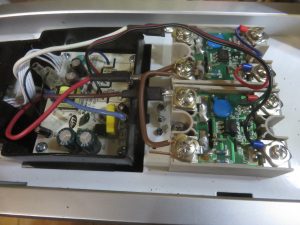
And a quick tests shows they are working fine and also have a pretty red led indicating that they are on:
btw, they are lacking their top cover because the heater could not be closed with it on, and it serves no purpose in this case
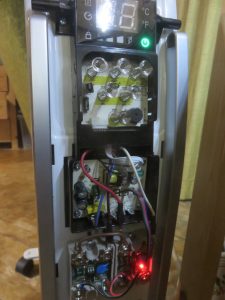
And now i have a silent electric oil heater radiator thing … click …WTF
Was there some part expanding from the heat and making a noise ? something on the 2nd board i didnt look at ?
I had it already reassembled and had to disassemble it again to trace where that came from. The radiator is rated for 2000W, one circuit 700 W or so and the other the rest to get to 2000W. It contains a fixed mechanical thermostat that disables both heating elements in case of overheat. and the 1300W heater has its own mechanical thermostat which disables just it at 85°C. The surprising thing here (to me) was that 85°C is easily exceeded by the 700W element alone. So the heater rating of 2000W is misleading at best because the heater under normal conditions will only heat with the 700W element continuously. The 2000W will just be used for a short period. After learning about that ive checked the shop where it was bought long ago and looking at heaters rated at 700W (which they have too and which are smaller) one quickly finds customer complaints that the 700W units switch off and are unable to sustain heating at 700W. This is Europa not China :( I did not expect to find this …
Ok back to the silencing, the solution here is in fact very simple. As the 2000W and 1300W modes are fake and only sustain 700W anyway and i have to assume for a good reason. The solution is to simply disable the 1300W part.
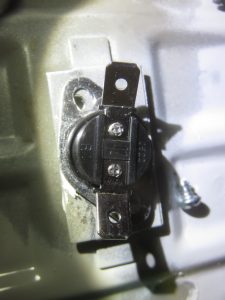
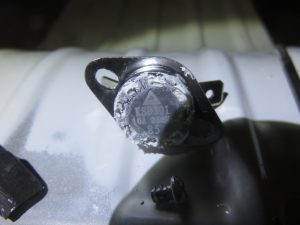

With that change the radiator is now actually silent and also looks cooler with the relay led shining through the front. Looking at the images i regret a bit that i hadnt thought about replacing the front by a transparent polycarbonate window. it would have looked cooler ;)
